You want to grow cauliflower from seeds, knowing it is high in vitamin C, folate, fiber, and vitamin B. It is also a versatile vegetable for growing at home and for recipes.
I prefer growing cauliflower from seeds as it is more affordable than buying seedlings from the nursery.
Also, you will have plenty of seedlings once the seeds germinate. If you have planned the same, go through this post and learn how you can grow cauliflower from seeds and harvest healthy produce.
Choosing the Right Cauliflower Variety
White cauliflower is the most common variety across the world, especially in the United Kingdom.
Besides, colored varieties, including yellow, green, and purple cauliflower, can be decorative, and contain tbe higher vitamin content. Below are some of the varieties you can pick.
Popular Cauliflower Varieties
Snowball: Also known as Snowball Y, this heirloom cauliflower variety yields 6-8 inch pure-white heads. It provides the harvest in the late winter or early spring within 60-90 days of planting. You can expect a mild, slightly sweet flavor from it.
Purple of Sicily: It boasts plump, tightly compacted, and brilliant purple heads. The variety offers a milder and sweeter taste than white types. And you can harvest these cauliflowers in 65–90 days with 2-3 pounds each per plant.
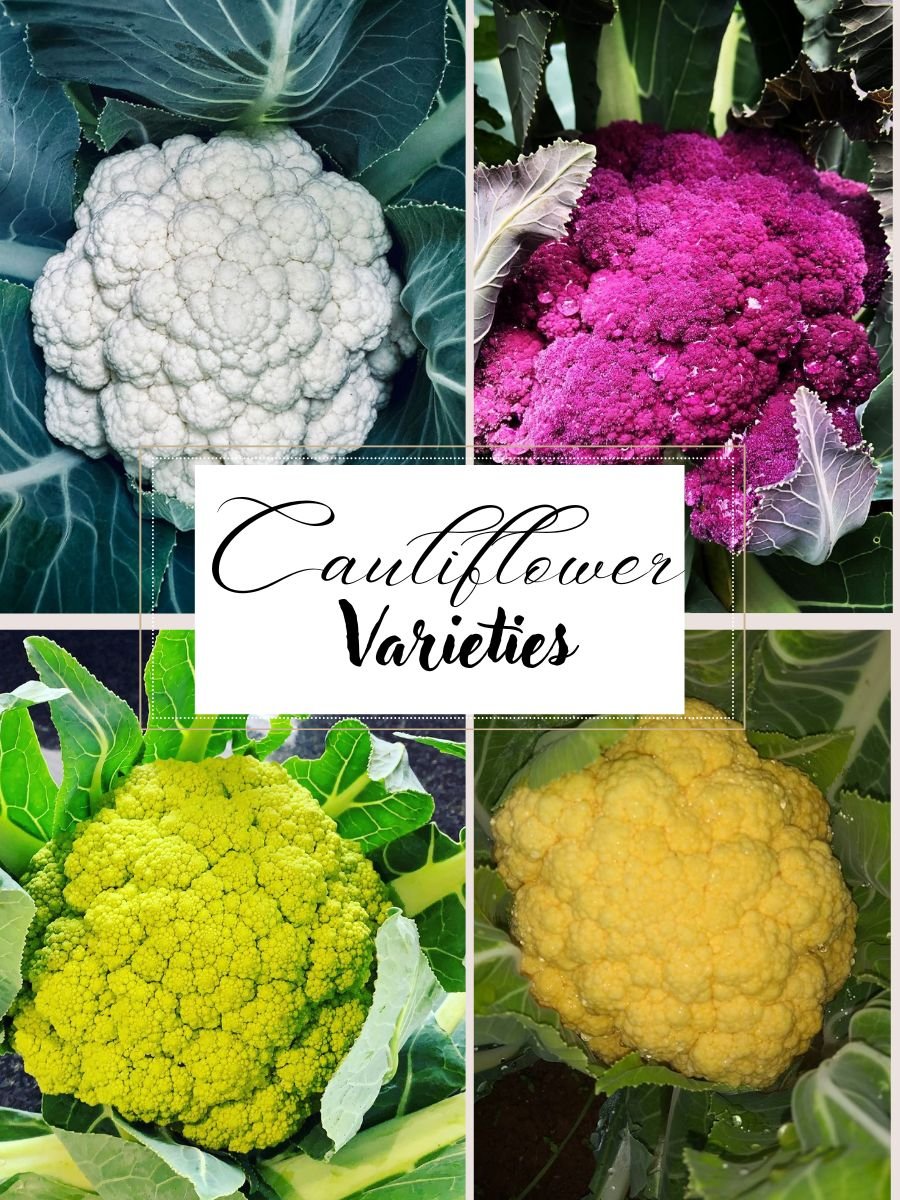
Cheddar: The bright yellow-colored cauliflower nesting green leaves can offer an excellent display to your garden. Also, the variety offers mild, slightly sweet, and creamy flavors. You can expect the harvest 6-7 inches heads, weighing 2 pounds each in 60-80 days.
Romanesco: Unlike others, Romanesco produces green cone-shaped florets in a logarithmic spiral. It is ready to harvest in 75-100 days after transplanting. It can produce 5-8 inches of cauliflower weighing 5 pounds, giving mild and nutty with a sweeter taste.
Vitaverde: It is a small hybrid variety of broccoli and cauliflower with a vibrant green head. The flower head takes 65-75 days in summer and 75-80 days in spring and autumn. When eating, it has a mild, sweet flavor with a hint of sharpness.
Tips on Selecting Cauliflower Varieties
Growing different types of cauliflower can be a choice for anyone, depending on the color and taste.
However, you should not neglect the growing conditions and other factors that best favor variety.
Climate Considerations: Cauliflower can be either heat tolerant or cold hardy. So you need to decide based on the hardiness zone you’re growing the plants.
Days to Maturity: Cauliflower takes anywhere between 50 and 100 days to mature, depending on the specific cultivar. Picking varieties based on the harvesting period can be another factor.
When to Start Cauliflower Seeds
I prefer sowing seeds from March to May, but January or February can also be ideal for indoors.
However, you can also plant in the previous autumn for early harvest. Before you start, you need to know the following:
Ideal Planting Time
For spring or heat tolerant cauliflower, you need to plant early to mid- April. But you need to start Fall or cold hardy varieties early to late July.
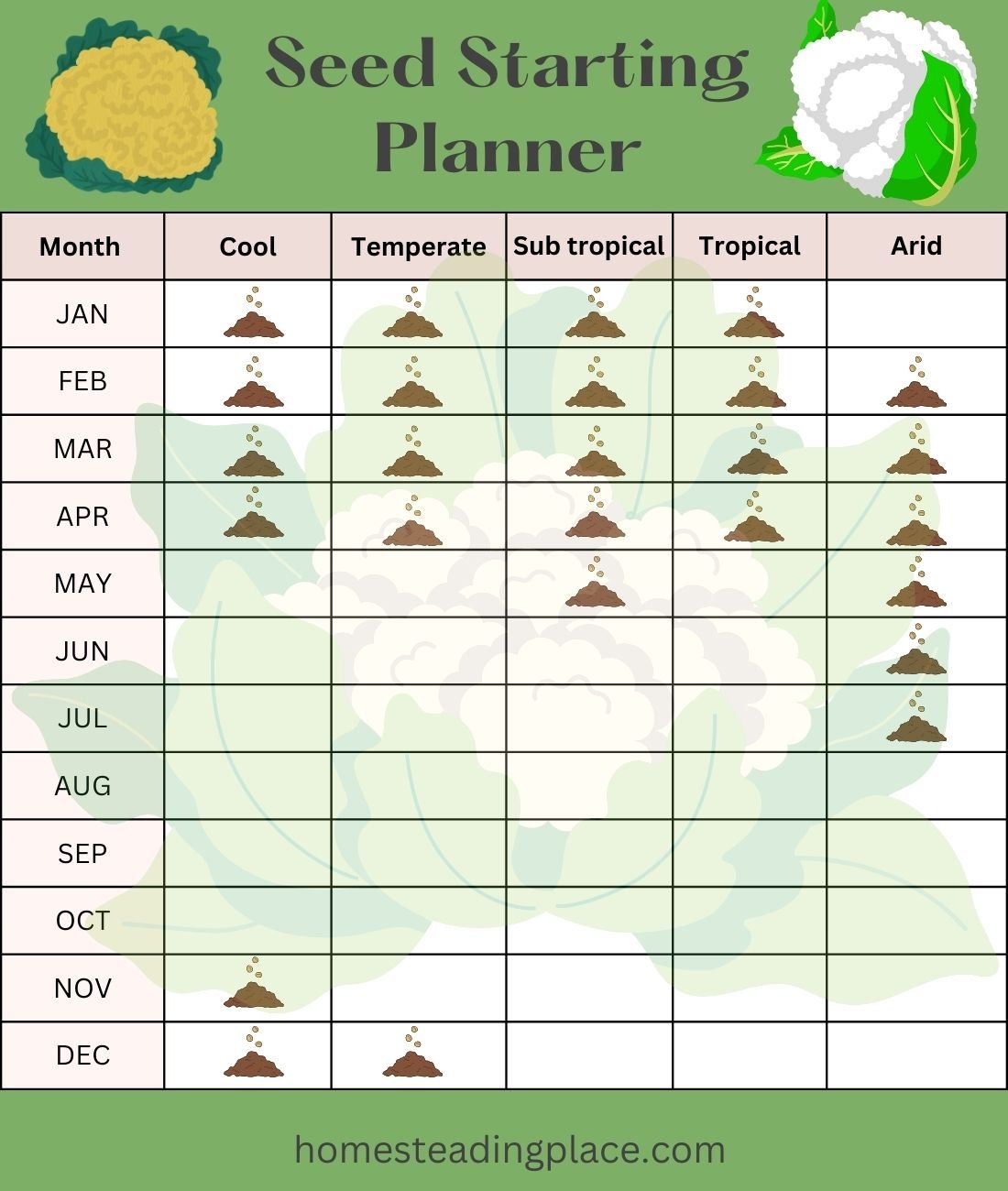
Indoor vs. Direct Sowing
You can have much control over sunlight, temperature, and humidity, offering optimal germination conditions when starting seeds indoors.
Doing so can minimize the risk of pest and disease outbreaks.
Thus, the success rate in the germinating process is high, offering an early harvest.
However, you will need extra resources to grow the cauliflower seeds indoors, including the germination tray and grow lights, containers, heating mats, and potting soil.
Also, indoors has limited space, inviting the risk of overcrowding the seedlings.
Besides, seedlings grown indoors may experience transplant shock when moving to the ground or outdoors.
However, direct or outdoor sowing requires less equipment and only needs a raised bed or ground. When sowing outside, the new plants may face a seamless transition, avoiding the risk of transplanting.
Also, the seedlings can naturally adapt to wind, sunlight, and temperature fluctuations.
However, starting seeds outdoors has a weather-dependent germination process, reducing the success rate.
When exposed to the natural setting, the new cauliflower plants can be susceptible to pests and diseases, and the grower has less environmental control.
Germination Period
I have noticed every time I sow cauliflower seeds, they germinate in 8-10 days.
However, you can expect the germination in a minimum of a week and a maximum of two weeks.
How to Start Cauliflower Seeds Indoors
If you grow the cauliflower seeds outdoors, you only need to drop them in the raised bed or ground.
Remember to plant the seeds 1/4 to 1/2 inch deep, dropping every 3 seeds per 18 inches. If the weather feels like it is going to rain, insert a tunnel of cover.
But you must follow some careful instructions if you start the seeds indoors.
Step 1: Preparing the seed tray or pots
Before you jump into sowing, you must collect the essentials, including seed or germination trays or 3.5-inch pots, potting mix, grow light, heating mat, thermometer, and hygrometer.
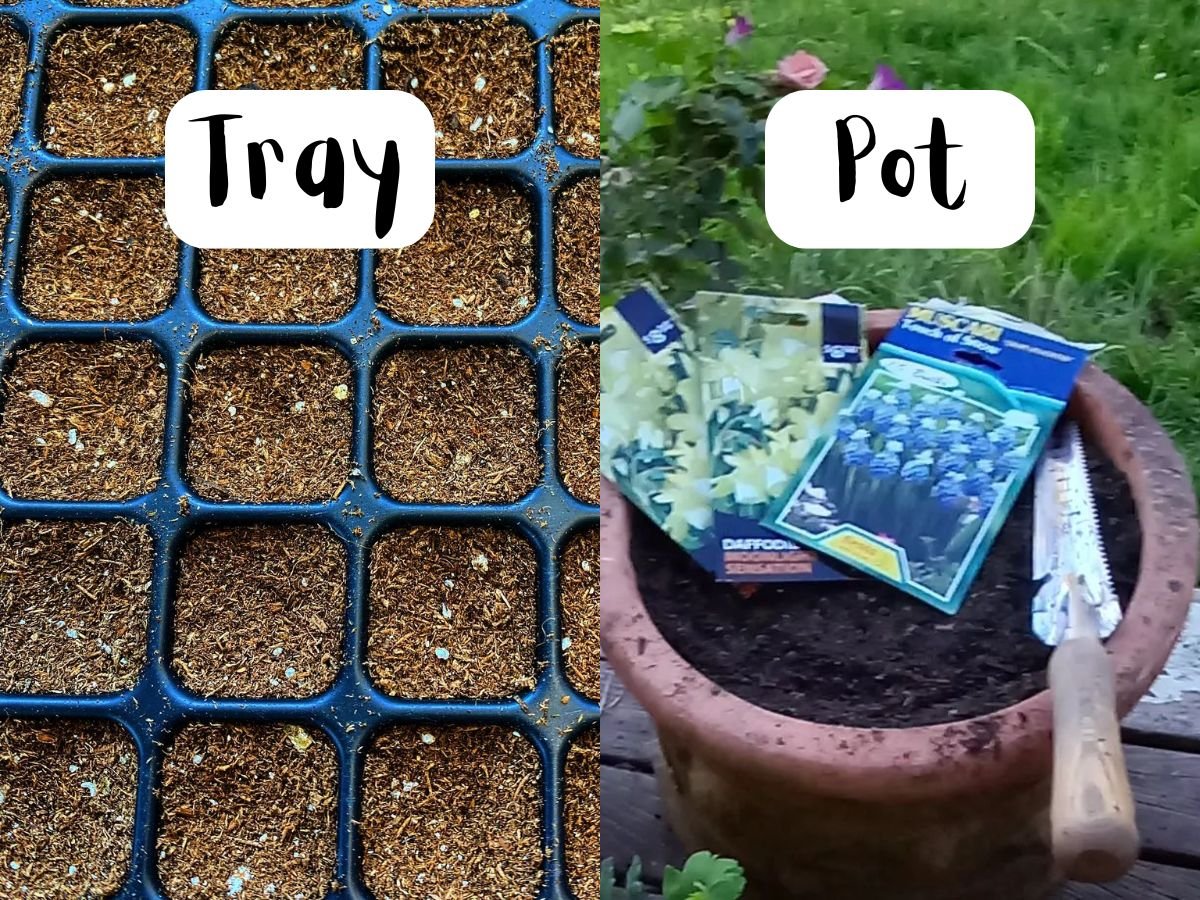
You can order these essentials all the same time when purchasing the seeds from the local store or online.
Also, skip buying soil mix if you have already well-drained, deep, loamy soil with a pH of 5.5 to 7 in the ground.
Step 2: Sowing seeds—how deep and far apart
Put the soil in the tray holes and level it to the top. If you sow in the pot, pill the pot with the soil and leave a 1-2 inch space to the brim.
Now, plant the seeds in a tray 1/2 inch deep, with one seed per cell. Depending on the cell size, you can also keep 2-3 seeds.
Drop 4 cauliflower seeds per unit for the pot and cover it with soil.
Step 3: Creating optimal growing conditions
When germinating cauliflower, maintain the ideal temperature (60-70°F). If the temperature falls at night, use the heating mat under the tray or pot.
Set up the grow light or fluorescent lamp 2–3 inches above the tray for 14-16 hours.
I often place the tray near the sunny windows and use an artificial light at night.
Step 4: Watering and care during seedling stage
You need not water the seeds until the germinating seeds reach the seedling stage.
You can tell the seedlings are ready to transplant if they are 2-3 inches tall or within 25-30 days after sowing.
3-4 true leaves also show the same sign.
Transplanting Cauliflower Seedlings
First, remove the unnecessary plants around the place where you want to build the garden bed.
Now, mark the ground you want for a garden bed with white powder or anything that shows a line. Dig the area inside the mark and check the soil using a pH meter.
Then, you need to prepare soil using compost or amend it.
Next, attach the lumber based on the dig area. I usually build raised beds with 4X4 or 4X6 feet in diameter.
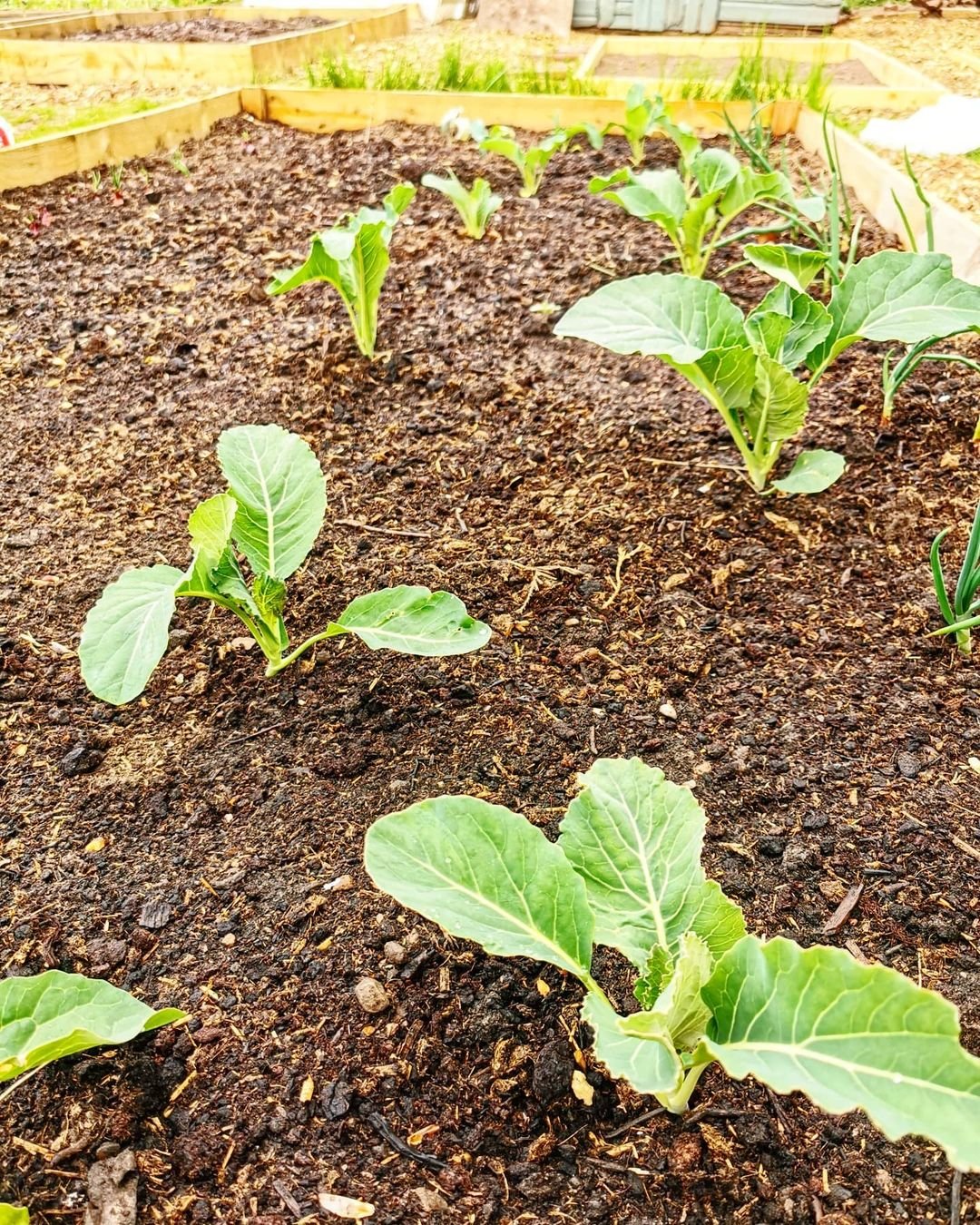
Finally, fill the checked and prepared soil inside the frame, leaving a few inches to the top. And below are the steps to transplant cauliflower seedlings.
- Harden off seedlings, placing them outdoors where it protects them from sunlight and wind during the day.
- Lengthen the time by one hour every day until the seedlings are ready to withstand day and night outside.
- Plant the seedlings on the raised bed, keeping 18-24 inches apart.
- Drench the new plants to avoid the transplant shock.
You can also provide nutrients and biostimulants at the time of transplant to reduce the shock.
Caring for Cauliflower Plants
Watering Needs: Cauliflower may need water once a week if the raised bed has not received the rain. Or check the soil and soak the soil if it is dry 1-2 inches deep.
Mulching: Spray a thick layer of well-rotted manure or garden compost around the plant. This helps retain soil moisture and control weeds.
Fertilizing Schedule: Use nitrogen-rich organic liquid fertilizer 4 weeks after transplanting. You can repeat the schedule once every 2-4 weeks.
Common Pests and Diseases: Look for pests such as aphids, cabbage worms, and clubroot. Leaf spots, rot issues, and powdery mildew also disturb the plant growth, so spray the neem oil.
Blanching Cauliflower Heads
Blanching is a gardening technique to cover the entire plant or a part of plant to prevent developing the color.
So, if you grow white cauliflower, you won’t want it to grow colored head unnaturally. Also, if you don’t blanch, the chance of the curd changing to greenish brown.
But there are several varieties that are self-blanching, such as mardi, amazing, and twister.
Anyway, you can blanch your garden cauliflower 30 days after transplanting the seedlings. When the curd grows 2 to 3 inches in diameter, it also tells the same sign.
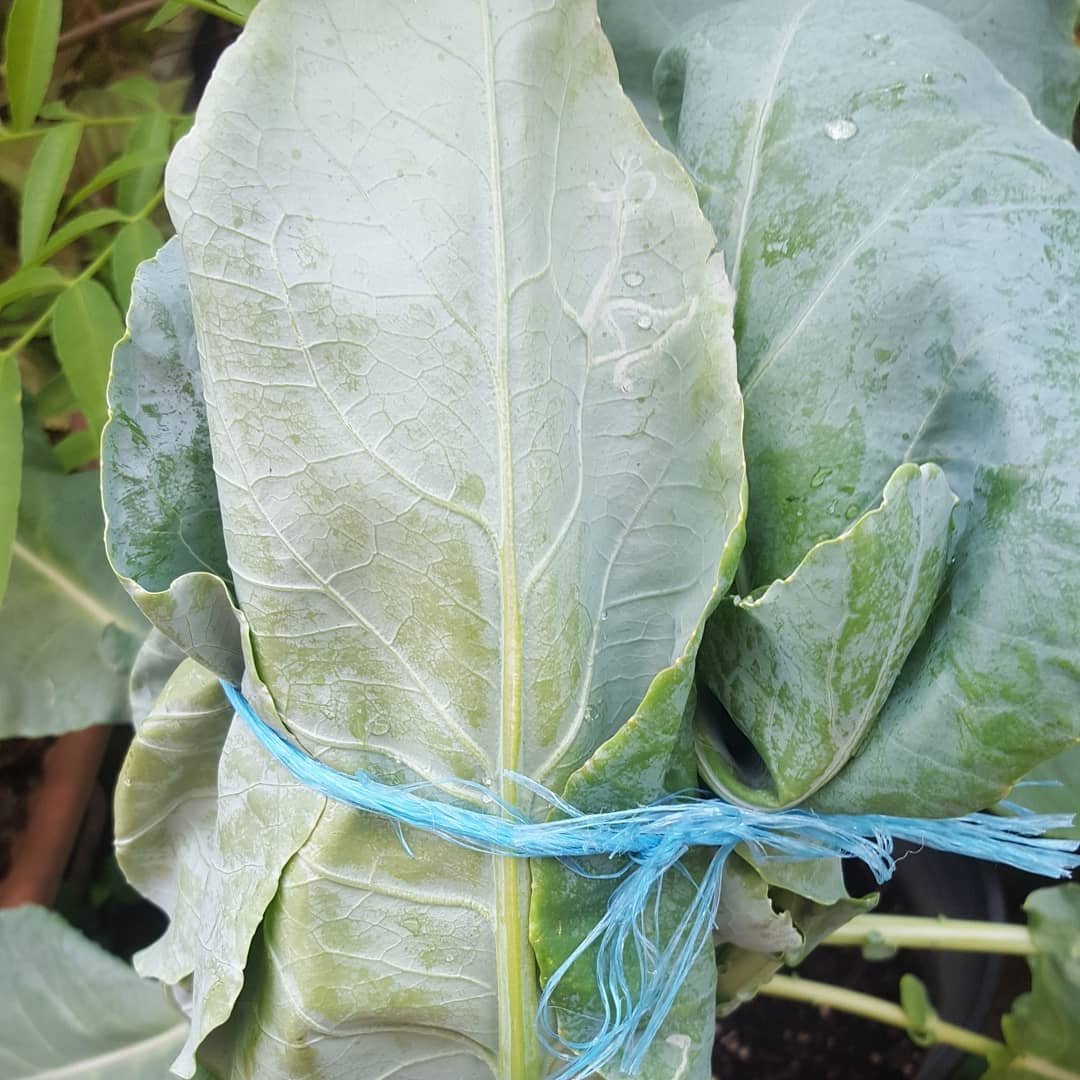
To blanch, cover the curd and tie the leaves to the top, leaving around 4-6 inches from the tip.
Remember to tie loosely so that the head can develop fully and air circulation works well.
Harvesting Cauliflower
You can harvest cauliflower in 4 to 5 days after blanching in spring and 14 to 21 days in autumn days.
You can tell the harvest time if the cauliflower heads are firm and tightly closed.
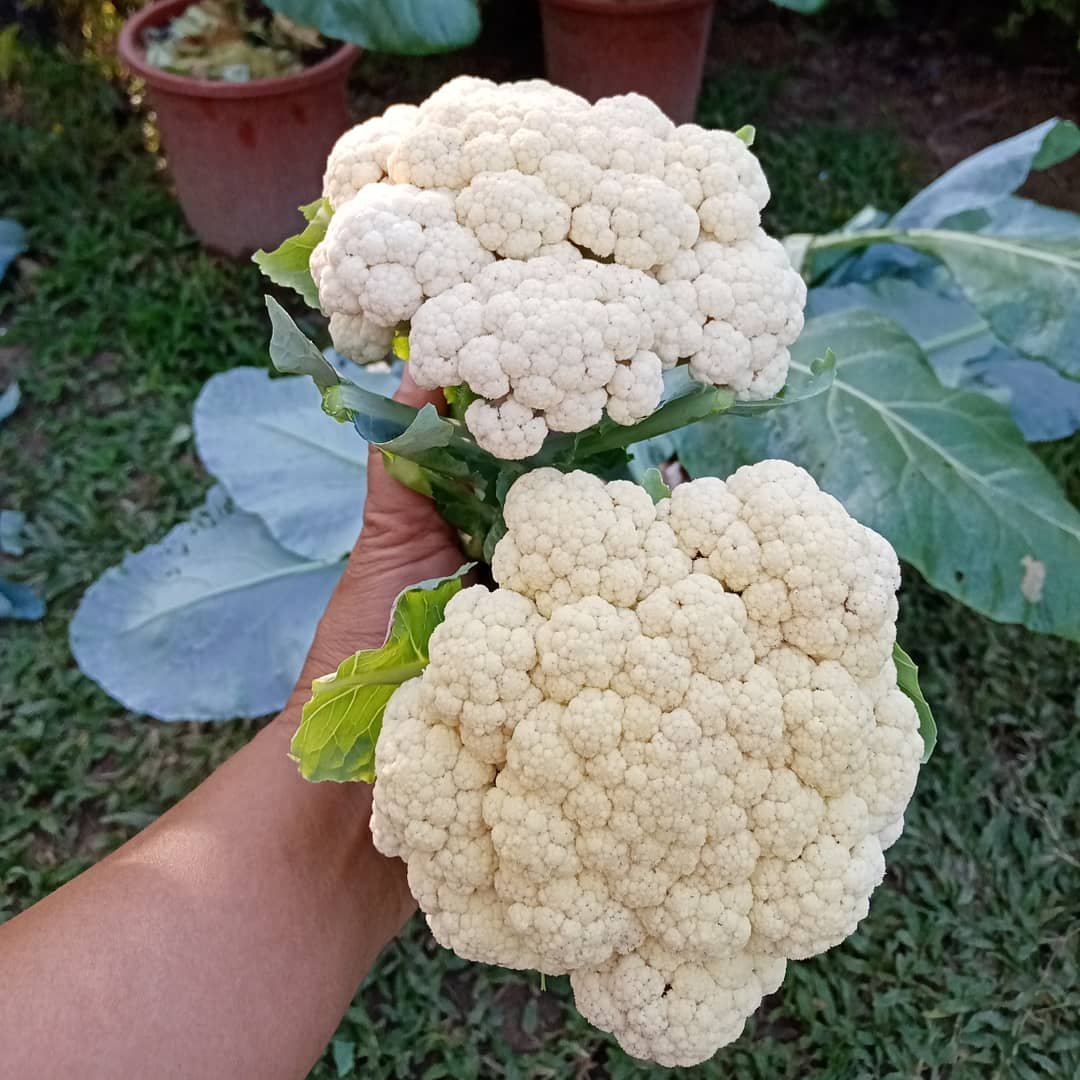
The heads should be pale, and there should be no sunburn spots for the white varieties. Also, the curd matures with 6 to 8 inches in diameter.
How to Harvest Cauliflower Properly
- Sterilize the sharp knife or pruning shears.
- Snip the main stem off the plant about 3 to 4 inches below the crown with several leaves attached.
- Cut the remaining plant stem off at the soil line, collect the edible leaves and stems for recipes, or compost them.
Also, add soft cauliflower or spoiled ones to the compost pile. And store the healthy, fresh harvests for later use!
Storing in Refrigerator: Wrap the crowns in a perforated plastic bag and place them in a crisper drawer. This way, cauliflower can last for five days.
Pickling: This method can help you preserve cauliflower for several weeks. I like Italian giardiniera, in which you add hot pepper, carrots, celery, and olives to cauliflower.
Keeping in Freezer: First, blanch the harvested cauliflowers and put them in the boiled water for 3 minutes. Then, dip them in the cold water, rinse them, arrange them on a baking sheet, and freeze them for a few minutes. Once frozen, place the cauliflowers in freezer bags, return to the freezer, and enjoy them for a year.
Canning is another option for storing cauliflower.
Troubleshooting Common Cauliflower Growing Problems
Growing cauliflowers healthy depends on the growing condition and care requirements until the external forces destroy the vegetables.
Buttoning
When cauliflower develops separate florets rather than a single mass, it is a clear sign of buttoning. So, you can notice more stems than a head.
It happens when the plant lacks nutrients and is stressed by extreme temperatures and disturbed water schedules.
Solution: Feed cauliflower with fertilizer that contains rich nutrients. Mulch the plant and water consistently.
Head Discoloration
Cauliflowers are prone to developing patches or coverings in unnatural colors, including brown, purple, red, and yellow.
This can happen either due to micronutrient boron deficiency or sunburn and pest invasion.
Preventive Measures: Apply boron mixed with water in the soil in the recommended quantity during the plantation. Besides, blanching the cauliflower and protecting it from pests using neem oil or other measures can also help.
Leggy Seedlings
Legginess can appear when the seedbed receives insufficient light, soil moisture, and high temperature. Besides, poor raising mix can also cause the problem.
Solutions: You need to identify the causes individually and treat them simultaneously. For example, providing adequate light, improving the water schedule and airflow, and amending the soil with nutrient-rich fertilizer can help. You can also pinch and thin the seedlings.
I have also seen other cauliflower problems, including leafy heads, crown splitting, and ricing.
If you have any farming-related queries, ask at USDA and FAS or call 877-508-8364.
Final Thoughts
I find growing cauliflower tougher than peppers, cabbages and broccoli.
However, you can achieve success easily if you inspect your growing plants and treat them accordingly.
Share your growing experience in the comment box, or ask me to know more about how to grow cauliflower from seeds.
Frequently Asked Questions
How long does it take to grow cauliflower from seeds?
It depends on cauliflower varieties and the growing condition or season. But you can expect 3-6 months to grow cauliflower from seeds and harvest.
Can I grow cauliflower in containers?
Yes, it is possible. You need a container with a width of 12-18 inches and a depth of 8-12 inches. You can directly start the cauliflower seeds in the container or transplant the seedlings to the container. Anyway, care requirements, including 6-8 hours of sunlight, watering when the 1-2 inch layer of soil feels dry, and blanching, may attain priority.
Why is my cauliflower not forming heads?
The reason can be either blindness or bolting. If not, it could be the wrong seeds, seedling stress, lack of sunlight and soil moisture, or inadequate care.
How do I prevent pests on my cauliflower plants?
Either you need to pick the pests and throw them away or put a pest barrier. Besides, you will have options: applying the neem oil or insecticidal soap.
Can I save seeds from my cauliflower plants for next season?
If you want to save cauliflower seeds, don’t harvest one or two plants. Leave them until their heads turn into flowers. After the seed pods feel crumbling, pick them and place them in the cool place. These seeds can be viable for 4-5 years.



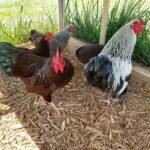


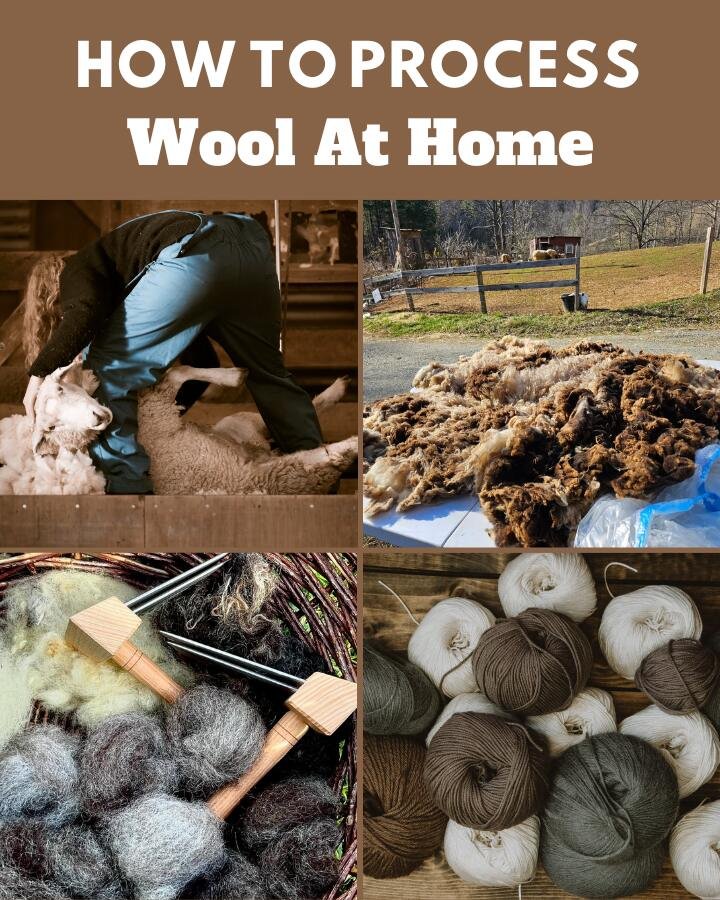
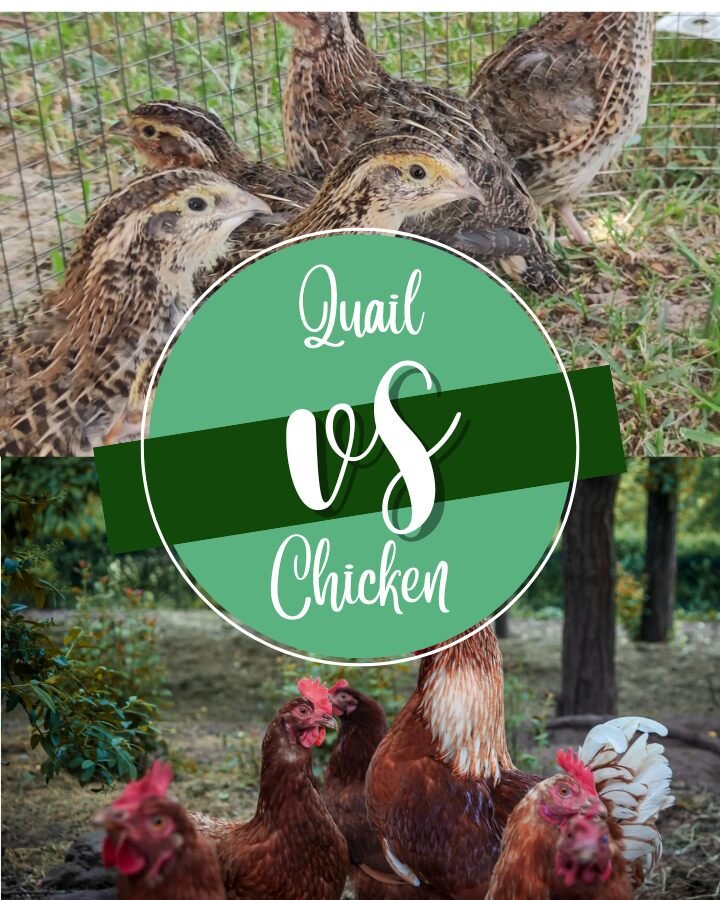
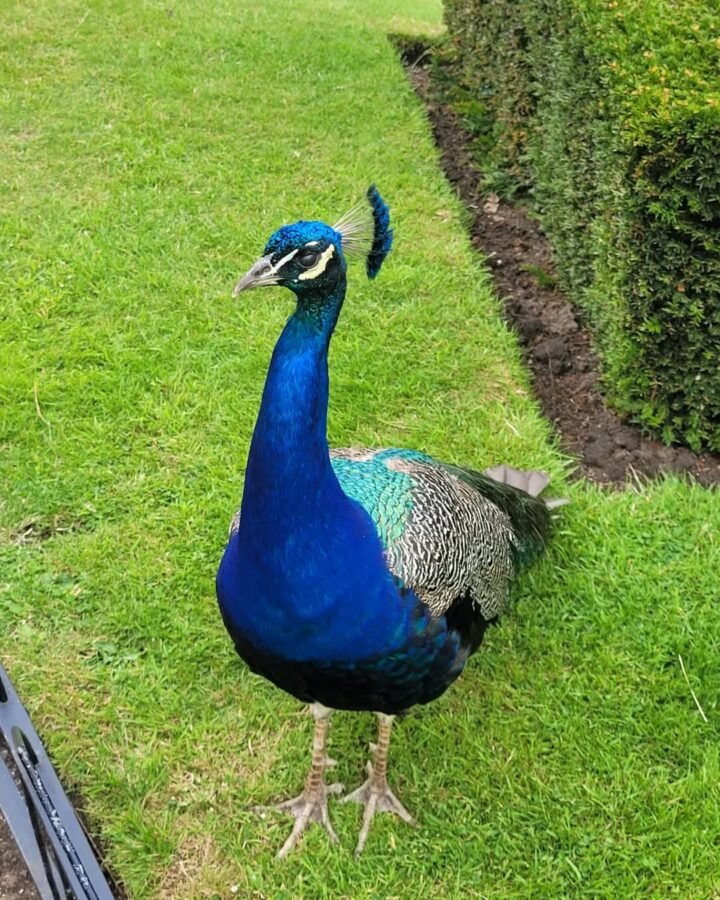
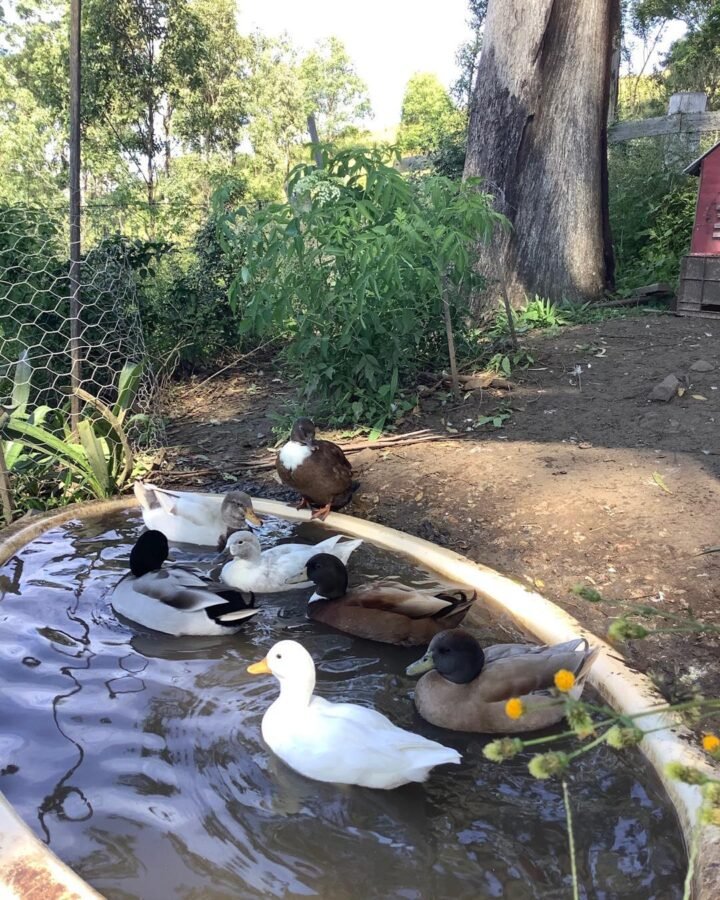
Leave a Reply